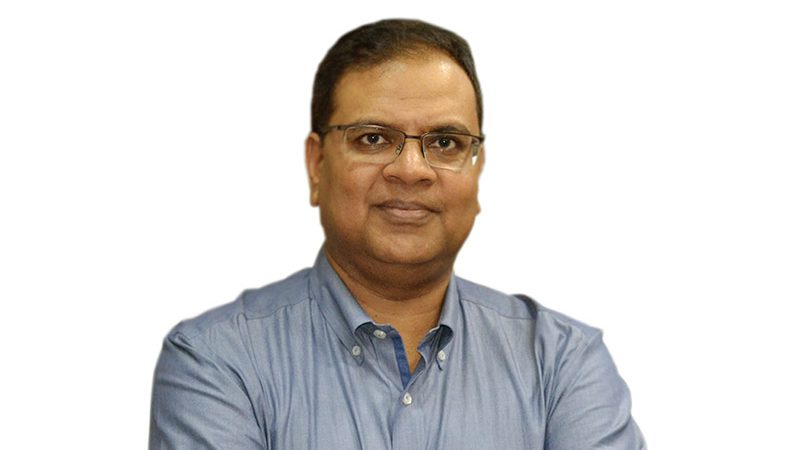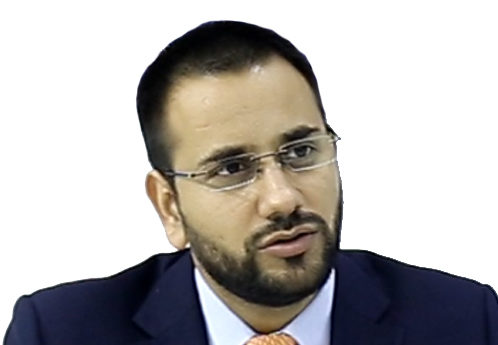Interview – Honey Raza, Head Sales India – Ginlong (Ningbo) Technologies Co. Ltd

What prospects do you see for the solar industry in India? What is your take on India achieving its 100 GW by 2022 solar target?
Solar Market is evolving through its day by day financial feasibility and also because of the increasing energy demand. The share of India in the worldwide energy consumption is estimated at 11 percent by 2040. Meanwhile the emission reduction commitment shall intensify the adaptation of renewable energy as the clean energy source.
Recent trends of hybrid plant where solar and wind are aggressively coming up and shall reduce the over all cost of the entire plant. This would be accomplished by utilizing the same BOM used for solar and wind plant. So the same infrastructure of plant can be utilized of solar in the day time and in night wind would add the units.
We are also seeing the good response from the state electricity regulatory commissions which are pushing RPOs targets on the Discoms. Huge capacity solar parks and good rooftop schemes are mandating the reach of centralized and distributed solar in the balanced way.
Grid integration of renewable energy sources shall be the key for moving forward. Technical expertise in sync with economic stability.
Could you throw some light on the impact of imposed safeguard duty on your business as well as the overall solar segment? What alternative steps do you suggest for promotion of domestic manufacturing?
Yes, in the latest project allocations, we could see the impact of safeguards. Market is getting stabilised by the time. The impact incurred by it is around 40 Paise which can easily be adjusted against the 2.56 INR per watt which would now be around 3 INR per watt. Sudden imposition of such measures creates some temporary decline but market conditions are becoming good.
Safeguard could be replaced by incentivizing the manufacturing linked capital support or capacity building measures specific to the sector.
How do you see the equipment price movements from here – over the next few years?
There is constant pressure on the market to improve prices. Manufacturers are tackling this issue by coming up with disruptive technologies and continues optimization of BOM. Here in the next few years we expect to have 6% to 8% in the overall cost.
The biggest driver for price improvement will be higher volumes.
What are some of the biggest challenges faced by the solar power segment in India? Also could you pin point to the policy and regulatory gaps that need urgent attention in the solar power segment?
Currently the biggest issue from the pv inverter supplier point of view is the BIS specification norms. We have been witnessing the extension of deadlines from March 2018 but yet only one lab i.e. CPRI Bangalore has been listed.
Conservatively if 10 inverter suppliers are considered and they each have at least 20 models for testing.. It would take at-least 4 weeks for single supplier to get the complete testing done. Single lab would do the same in the span of 35 – 40 weeks.
We request the authorities to setup up the infrastructure of at least 4 – 5 labs for the better testing feasibility and reducing the testing charge. Single manufacturer is incurring around 5 – 6 crores INR of testing the entire range conducive for Indian solar market.
What are your views on the current solar tariff levels under prevailing scenario of newly imposed safeguard duties, falling rupee value and uncertainty over GST? Do you feel the falling tariffs will have an impact on the quality of solar projects?
Uncertainty is always bad for any business and particularly for the projections and planning. Government has tried in past to resolve these issues very well and we hope to get the same aggressive approach in this case as well.
Devaluation of currency is putting a marginal pressure but global economies are set to improve and will have a good impact on the rupee value as well. These shall last for the short-term disruption in the market but would stabilise once we pass the Q3 successfully.
What kind of growth and capacity additions do you see in solar power sector in India, over the next few years?
We expect the market would have the slack start in the Q1 2019 and expected to add around 2GW compared to previous year’s 4GW Q1 installation. Further, the market is expected to enhance and add 8GW next year.. Solar Parks and floating solar shall be a driving force of such capacity addition.








